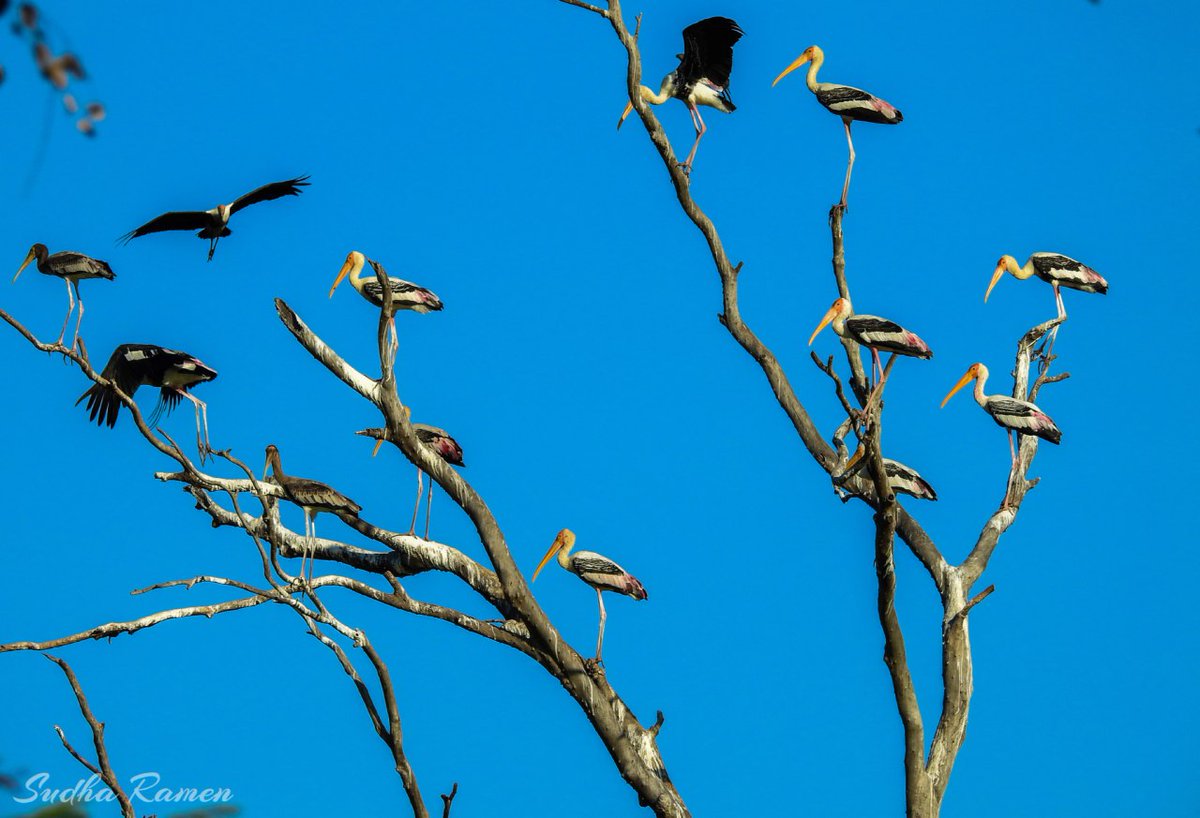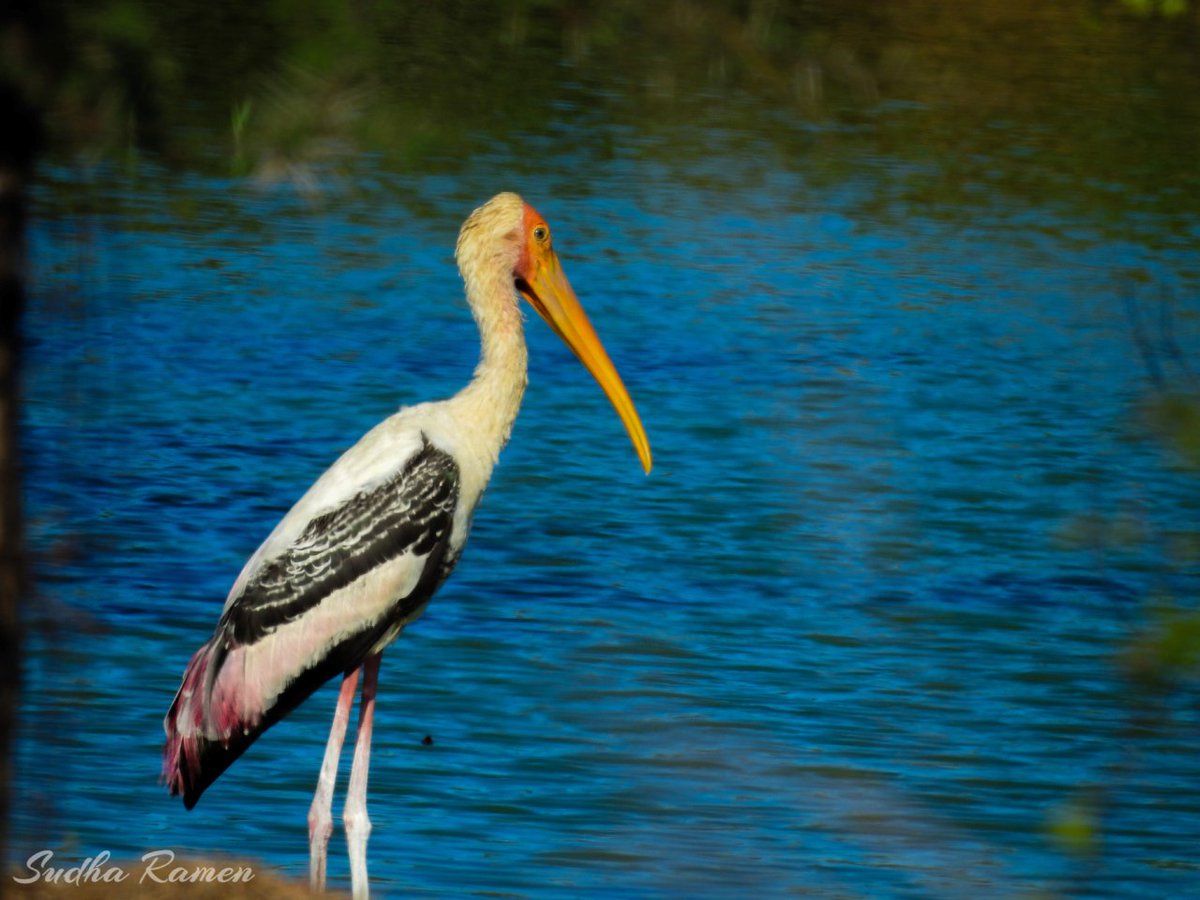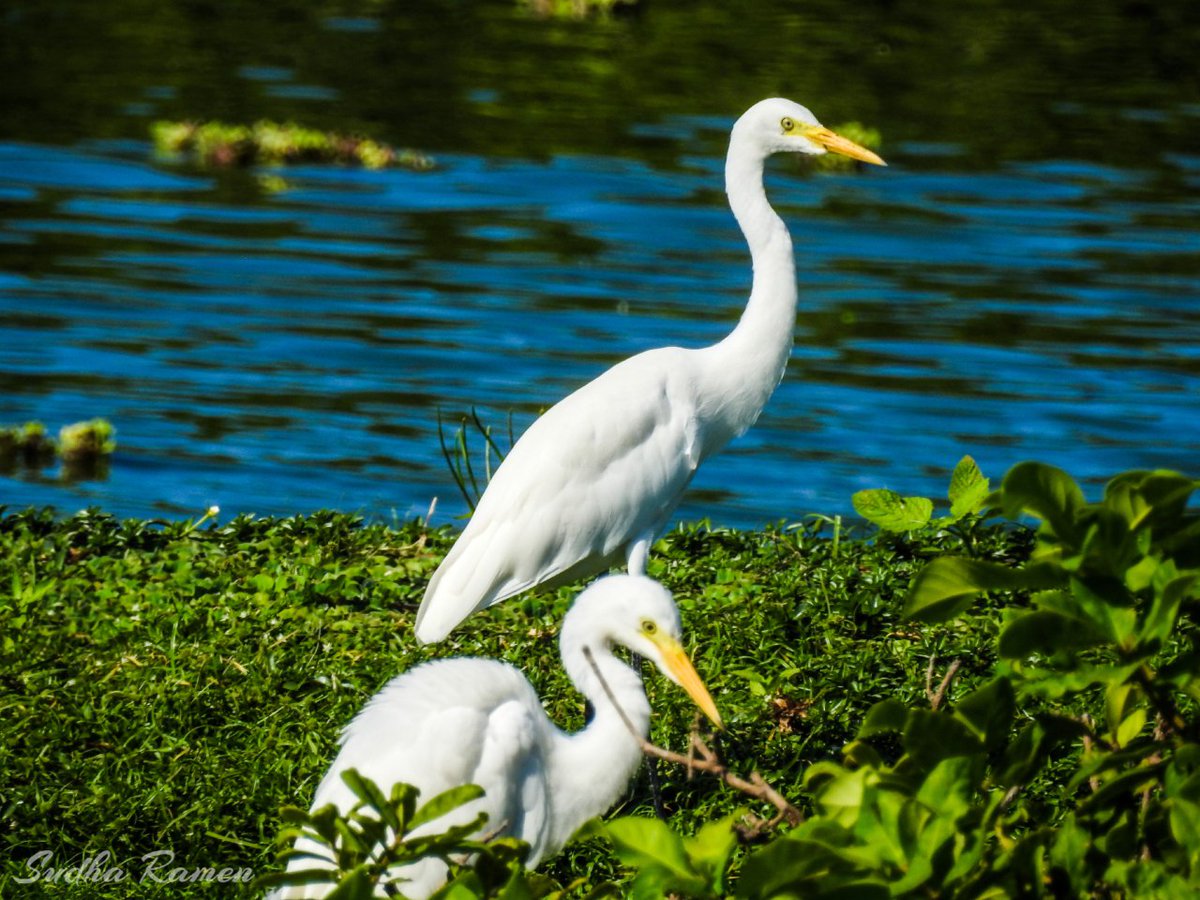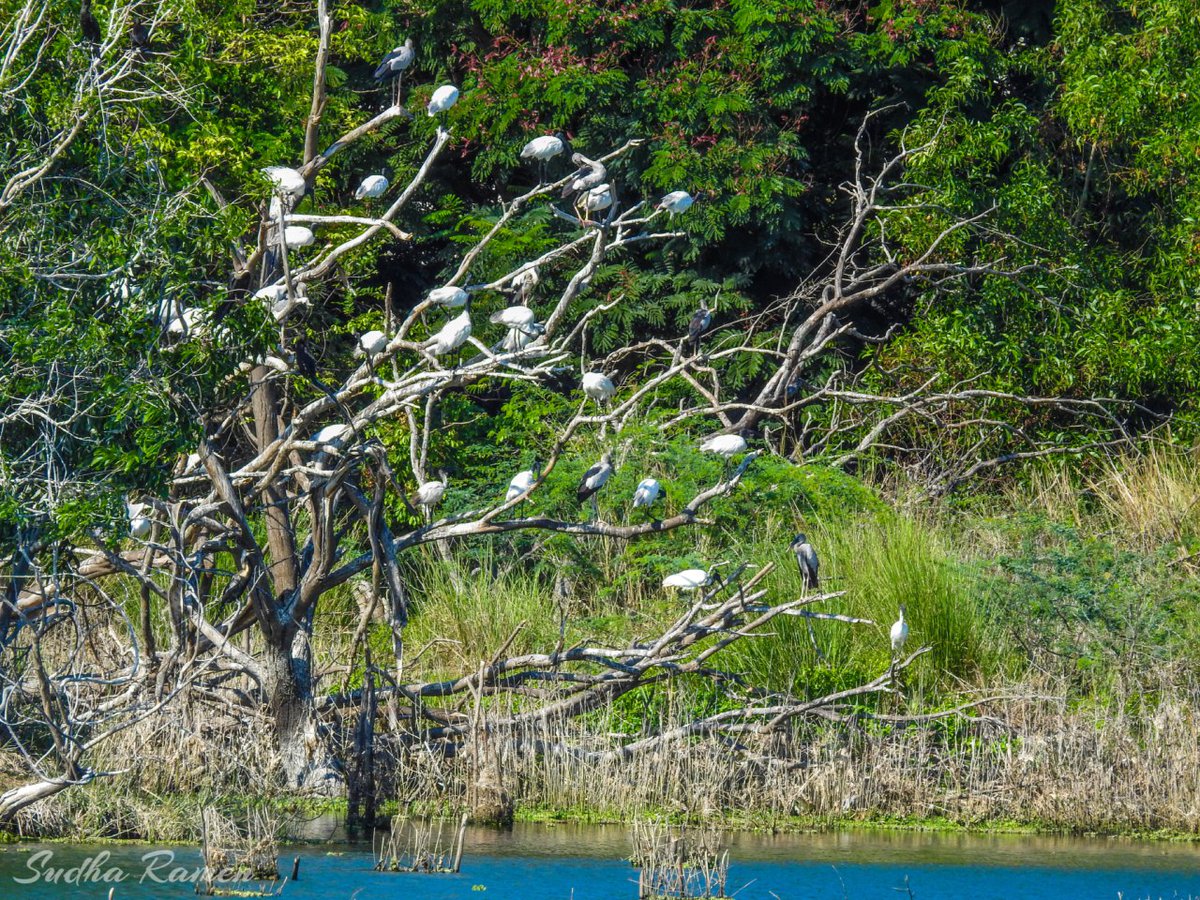Here is something that you need to know about a particular water harvesting structure. Until I joined Forest Department, I did not hear about Percolation Ponds. Many wouldn& #39;t be familiar this term too.
Read this Thread - from my experience I have listed out some important points!
Read this Thread - from my experience I have listed out some important points!
Few pics from the percolation ponds(pp) tht were created at Vandalur forests within the zoo premises. These pp& #39;s are regularly maintained by desiltation and bank strengthening. The results of the last year maintenance has given good results. Water is available in few pp even now.
Percolation ponds can created with minimal resources. All you need to check is,
1. Soil should have the capacity to percolate water.
2. Identify the lowest contour levels so that the water collected from the catchment naturally drains to this pond..
1. Soil should have the capacity to percolate water.
2. Identify the lowest contour levels so that the water collected from the catchment naturally drains to this pond..
3. Select the site close to the water source (within the range of 200-300m) from where you regularly fetch water. Your source can be a well or bore well or lake
What do these ponds do?
They collect the run off rain water, stores them and helps the ground water table get recharged
What do these ponds do?
They collect the run off rain water, stores them and helps the ground water table get recharged
When should you plan this?
During the summer, before the onset of monsoons. Identify the site, demarcate it and start the work in advance.
Percolation pond is mostly semicircular shaped. The upper part of pond that faces the catchment should have a gentle slope.
During the summer, before the onset of monsoons. Identify the site, demarcate it and start the work in advance.
Percolation pond is mostly semicircular shaped. The upper part of pond that faces the catchment should have a gentle slope.
The pond should have gentle slope gradient so that the water flows down smoothly into the pond. On the lower side the earthen embankment. The soil that& #39;s digged out from the pond can be used to create the earthen banks. Need strong consolidation to avoid any breach.
The depth of the pond near the bank should be deeper proportionate to the diameter of the pond, so as to collect and store more water. The deeper it is, lesser will be the loss due to evaporation, more water storage, good recharge of ground water table.
Benefits of these structures,
1. Low cost, low maintenance, less laborious
2. Collects the surface run off rainwater which otherwise goes waste.
3. Will be beneficial even during flash rains, as our target is the surface runoff rain water.
1. Low cost, low maintenance, less laborious
2. Collects the surface run off rainwater which otherwise goes waste.
3. Will be beneficial even during flash rains, as our target is the surface runoff rain water.
4. Larger and longer retention of water will help to recharge the ground water table, you will be able to see good water levels in the nearby wells and ponds.
Precautions to be taken,
1. Proper site selection considering the terrain, slope/gradient, soil and amt of rainfall.
Precautions to be taken,
1. Proper site selection considering the terrain, slope/gradient, soil and amt of rainfall.
2. Should be erected before d onset of monsoons
3. Don& #39;t use the collected water directly, as the name indicates, these percolation ponds are created to facilitate more percolation of water into the soil
4. Yearly desiltation of the mouth& d pond area will yield better results https://abs.twimg.com/emoji/v2/... draggable="false" alt="👇" title="Down pointing backhand index" aria-label="Emoji: Down pointing backhand index">
https://abs.twimg.com/emoji/v2/... draggable="false" alt="👇" title="Down pointing backhand index" aria-label="Emoji: Down pointing backhand index">
3. Don& #39;t use the collected water directly, as the name indicates, these percolation ponds are created to facilitate more percolation of water into the soil
4. Yearly desiltation of the mouth& d pond area will yield better results
5. Suitable for larger areas. Maybe in common village lands surrounding the village. Due permission may be sought from the respective authorities or the local official support may be sought before hand. A chain of pp can also be planned, as the drain of one can fill the other https://abs.twimg.com/emoji/v2/... draggable="false" alt="👇" title="Down pointing backhand index" aria-label="Emoji: Down pointing backhand index">
https://abs.twimg.com/emoji/v2/... draggable="false" alt="👇" title="Down pointing backhand index" aria-label="Emoji: Down pointing backhand index">
All of these birds you see here were clicked in these ponds. The good amount of water is the only reason for all these birds to take shelter here. Happy that they got safe homes during this peak summer. Don& #39;t forget to plant native fruit trees on the banks - will attract birds.

 Read on Twitter
Read on Twitter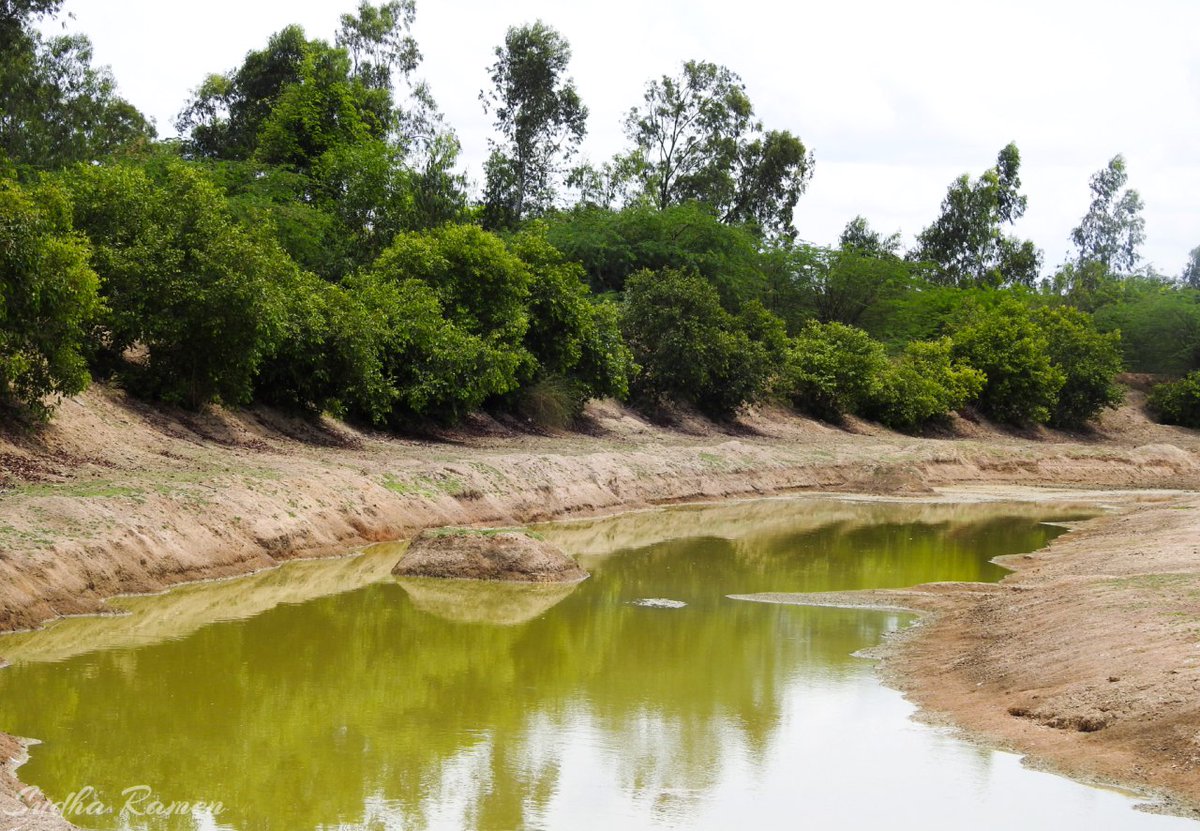
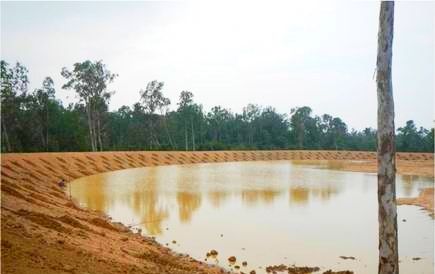


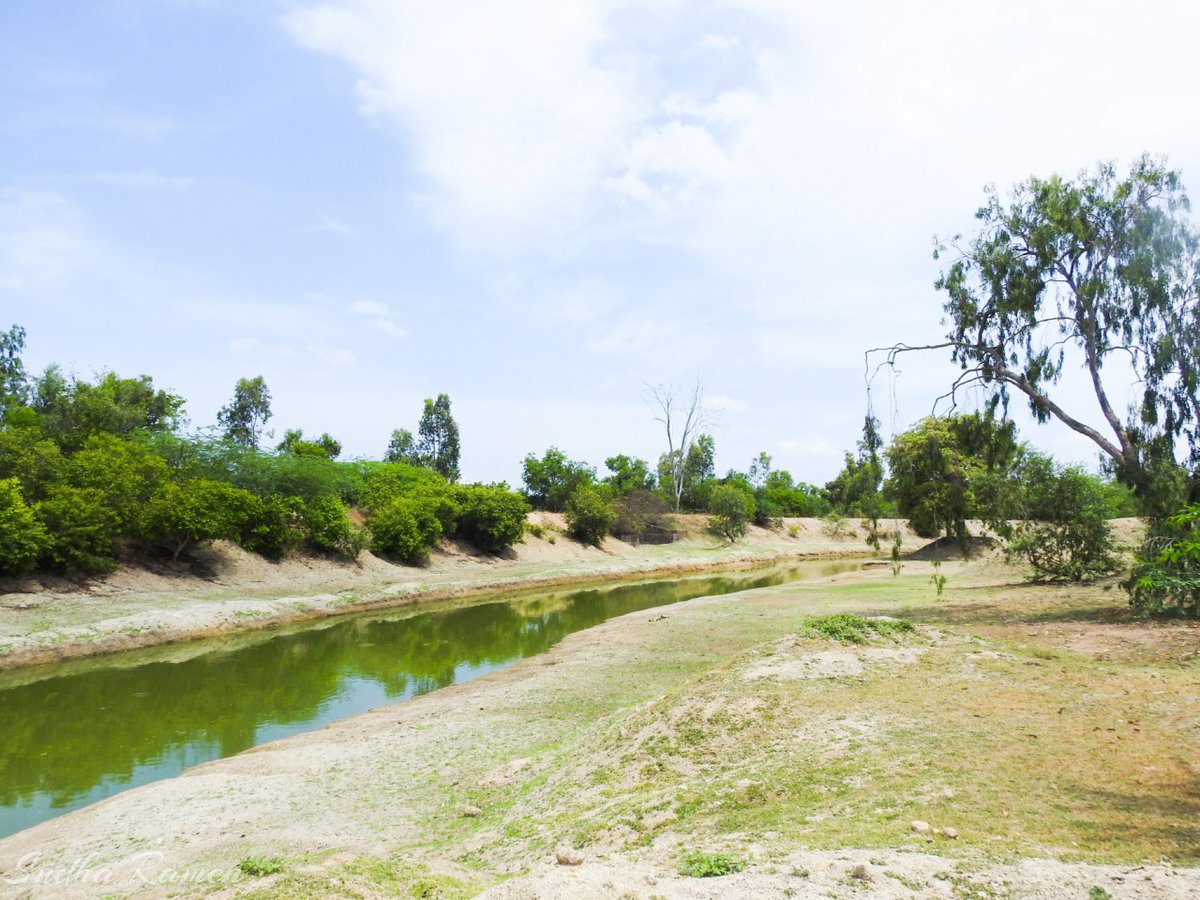
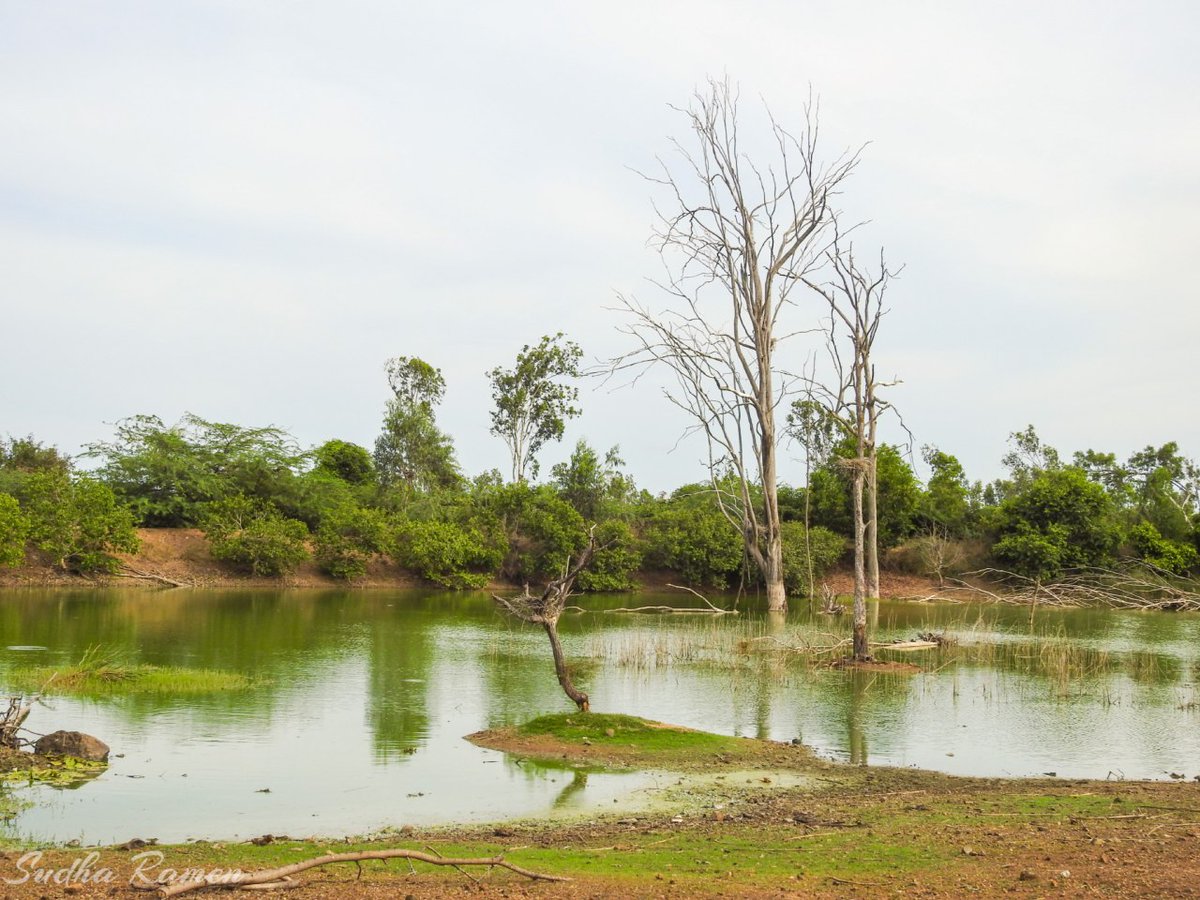
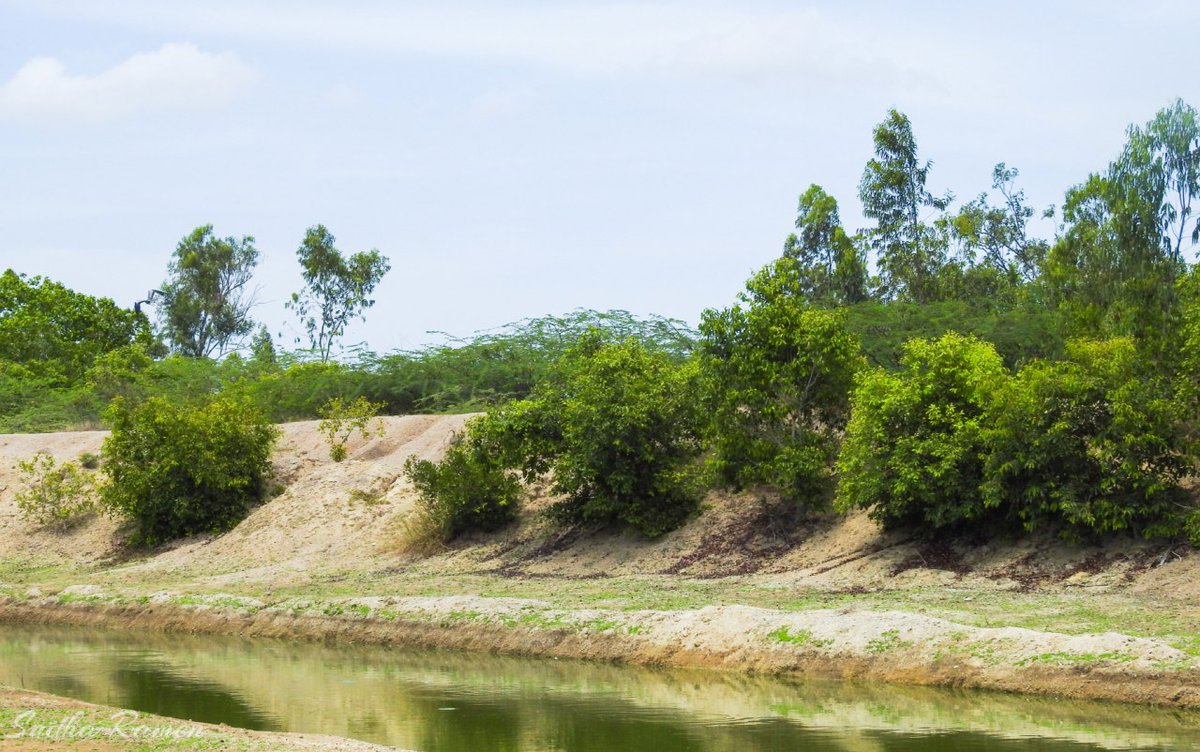
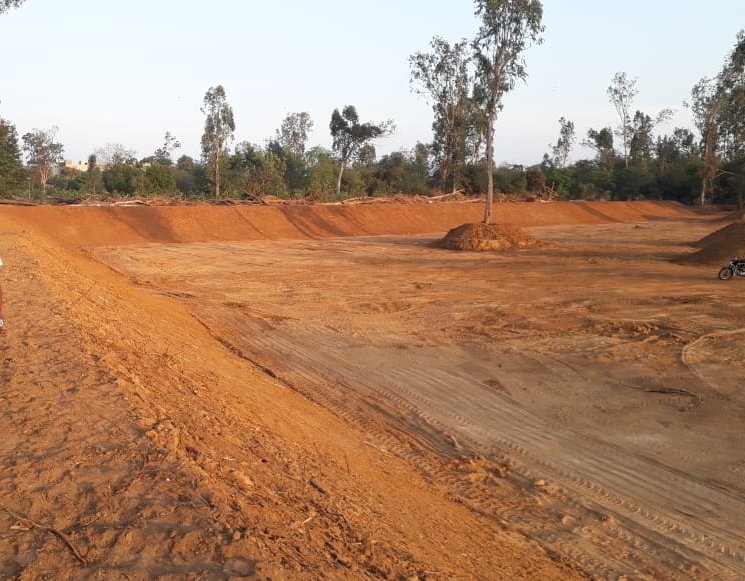
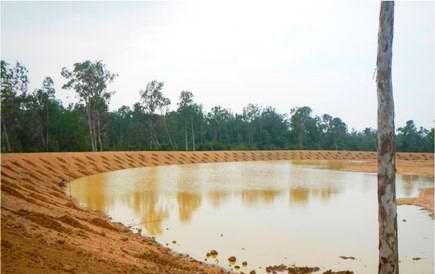
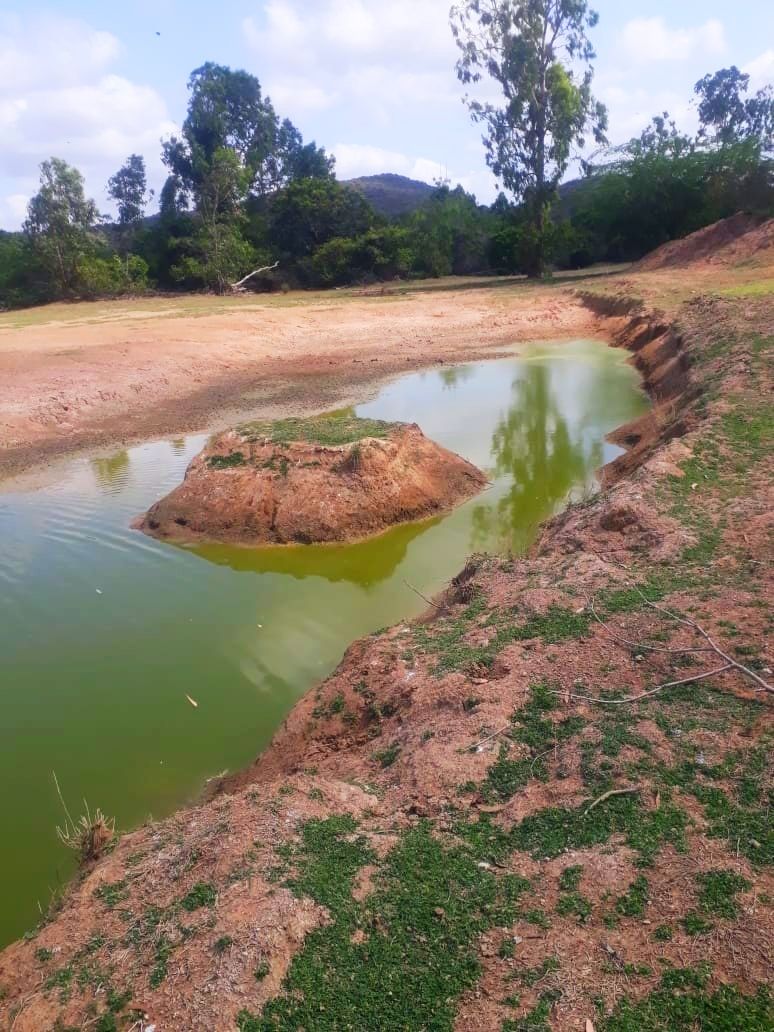
 " title="2. Should be erected before d onset of monsoons3. Don& #39;t use the collected water directly, as the name indicates, these percolation ponds are created to facilitate more percolation of water into the soil4. Yearly desiltation of the mouth& d pond area will yield better resultshttps://abs.twimg.com/emoji/v2/... draggable="false" alt="👇" title="Down pointing backhand index" aria-label="Emoji: Down pointing backhand index">" class="img-responsive" style="max-width:100%;"/>
" title="2. Should be erected before d onset of monsoons3. Don& #39;t use the collected water directly, as the name indicates, these percolation ponds are created to facilitate more percolation of water into the soil4. Yearly desiltation of the mouth& d pond area will yield better resultshttps://abs.twimg.com/emoji/v2/... draggable="false" alt="👇" title="Down pointing backhand index" aria-label="Emoji: Down pointing backhand index">" class="img-responsive" style="max-width:100%;"/>
 " title="5. Suitable for larger areas. Maybe in common village lands surrounding the village. Due permission may be sought from the respective authorities or the local official support may be sought before hand. A chain of pp can also be planned, as the drain of one can fill the otherhttps://abs.twimg.com/emoji/v2/... draggable="false" alt="👇" title="Down pointing backhand index" aria-label="Emoji: Down pointing backhand index">" class="img-responsive" style="max-width:100%;"/>
" title="5. Suitable for larger areas. Maybe in common village lands surrounding the village. Due permission may be sought from the respective authorities or the local official support may be sought before hand. A chain of pp can also be planned, as the drain of one can fill the otherhttps://abs.twimg.com/emoji/v2/... draggable="false" alt="👇" title="Down pointing backhand index" aria-label="Emoji: Down pointing backhand index">" class="img-responsive" style="max-width:100%;"/>
